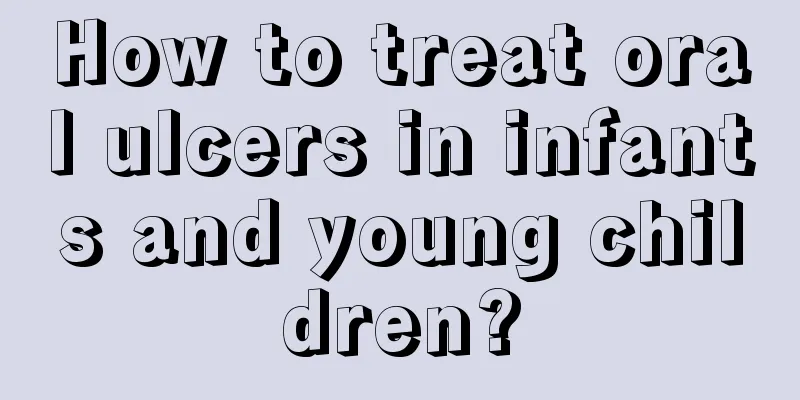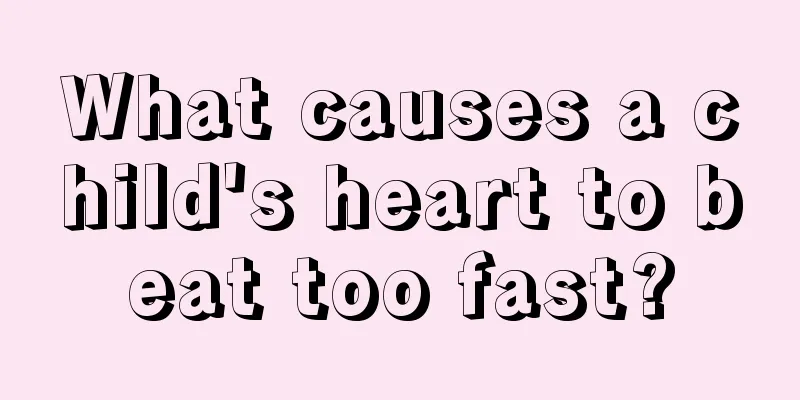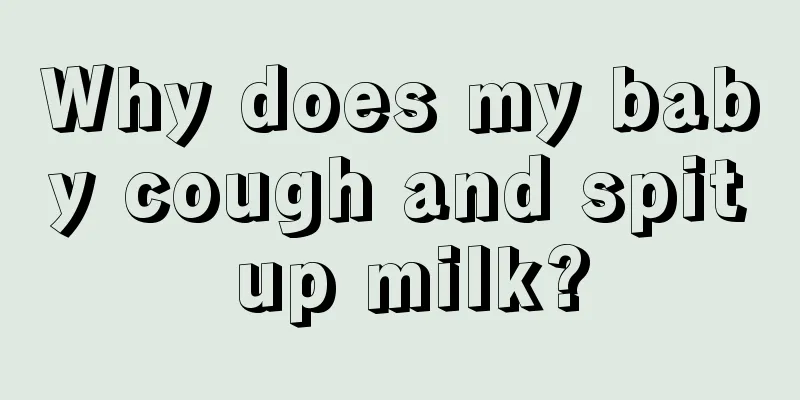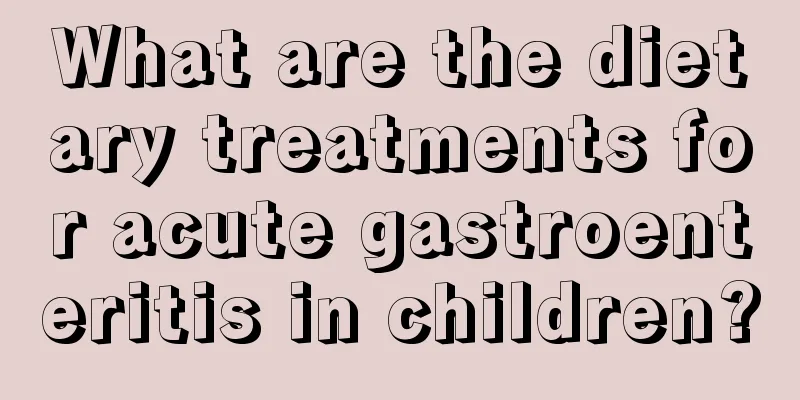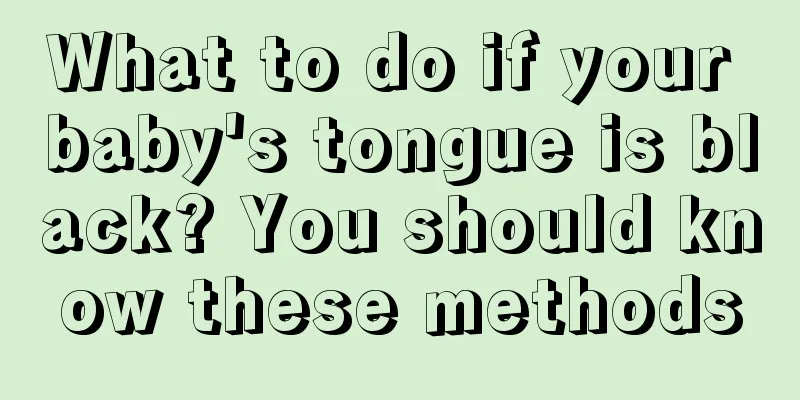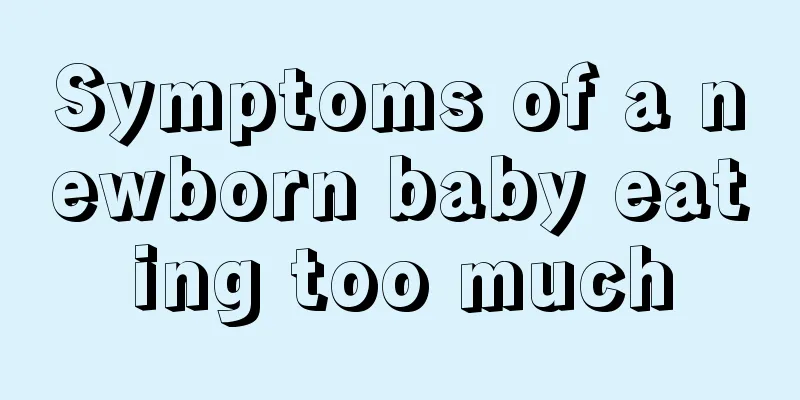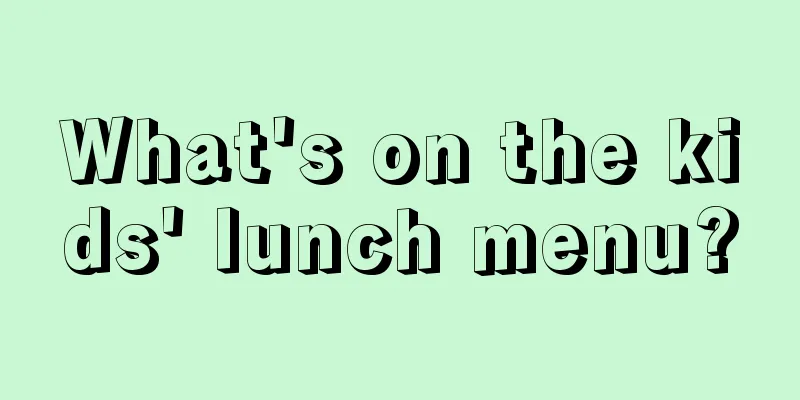What should I do if my baby has an upper respiratory tract viral infection?

|
The baby's body is relatively weak and lacks a certain resistance, so parents should give the baby more care and attention in daily life. Not only do we need to provide more nutritious food, but we also need to help our baby add or remove clothes in a timely manner. In life, it is very common for babies to be infected with viruses. So the question is, what method should be used to treat babies' upper respiratory tract viral infections? Upper respiratory tract infection is a common disease in infants and young children, which is commonly known as the common cold. It refers to respiratory tract inflammation of the nose, pharynx and throat in the upper respiratory tract. The clinically diagnosed "acute tonsillitis", "acute pharyngitis" and "acute nasopharyngitis" are all upper respiratory tract infections. The disease can occur throughout the year, but is more common during the transition from winter to spring. It is most common in infants and young children, often occurring several times a year, with symptoms varying in severity. Mild symptoms include low fever, runny nose, nasal congestion, mild cough, sneezing, diarrhea or mild vomiting, etc. The nasal mucosa is congested and edematous, the secretions increase, the pharynx is slightly red, the cervical or submandibular lymph nodes may be slightly swollen, the mental state is good, and the natural course of the disease is about 3 to 7 days. In severe cases, the body temperature is high, often above 39°C. Symptoms include weak spirit, headache, coughing, sore throat, vomiting, fatigue, chills, decreased appetite, etc. There is obvious congestion in the pharynx, red and swollen tonsils, and enlarged and tender submandibular lymph nodes. The inflammation can also spread to the middle ear, sinuses and trachea, causing otitis media, sinusitis and tracheitis. Sometimes it is accompanied by abdominal pain, and there will be pain when lightly pressing the area around the navel. This is mostly mesenteric lymphadenitis. If the abdominal pain is severe and does not improve, parents should take the infant to the hospital for treatment in time. Drug therapy When the body temperature is above 38°C, you can take medicine to reduce fever, and repeat it every 4 hours. If high fever occurs, you can use 75% alcohol mixed with half warm water to do alcohol baths on both sides of the neck, armpits, abdominal grooves and other places where large arteries pulsate. You can use a cold towel to wet compress the head to cool down and prevent convulsions. Aspirin can be used to reduce fever. In case of high fever convulsions, the anticonvulsant can be injected intramuscularly with sodium phenobarbital. Antibiotics are generally not used. When bacterial infection is suspected or there are complications, penicillin, cephalexin, erythromycin, etc. can be used. The specific medication is determined by the doctor. If you use Chinese patent medicine, you can consult a doctor and choose children's lung heat cough and asthma oral liquid, children's cold granules, Vitamin C Yinqiao tablets, children's lung clearing pills, children's throat clearing granules, Isatis root granules, Shuanghuanglian oral liquid, children's Huichun pills, children's heat-clearing powder, etc. |
>>: What to do if your two-year-old baby has stomach pain
Recommend
What to do if your baby boy has urinary tract infection
Women's urethra is naturally shorter and loca...
What causes baby cramps?
Most newborns are more likely to suffer from cram...
What is the cause of chapped lips in children?
Children cannot take care of themselves because t...
What happens if a baby is allergic to egg yolk?
Many parents like to add complementary foods to t...
Things to note when newborns swim, mothers should know
The most fun time after a baby is born is swimmin...
What causes asthma and bronchitis in children?
In the pediatric outpatient clinic, some children...
What should I do if my child's face gets bruised?
Children are more naughty and active. When they c...
What are the adverse effects of turning on the light when sleeping
Many babies actually sleep in a relatively bright...
What is the red pimple on the baby's arm?
The skin of infants and young children is relativ...
What to do if a two-month-old baby has diarrhea
If your baby is only two months old and she has d...
What to do if your child has a bump on his head
Children are more lively and like to play and fig...
How old is it for a baby girl to wear underwear?
There are many babies who stop wearing diapers as...
Solution to zinc deficiency in four-year-old babies
Zinc deficiency in four-year-old babies has becom...
Baby birth height and weight head and tail comparison standard
Babies are very fragile and delicate after birth,...
Is it normal for a child to twitch while sleeping?
Children love to move around and have high energy...
